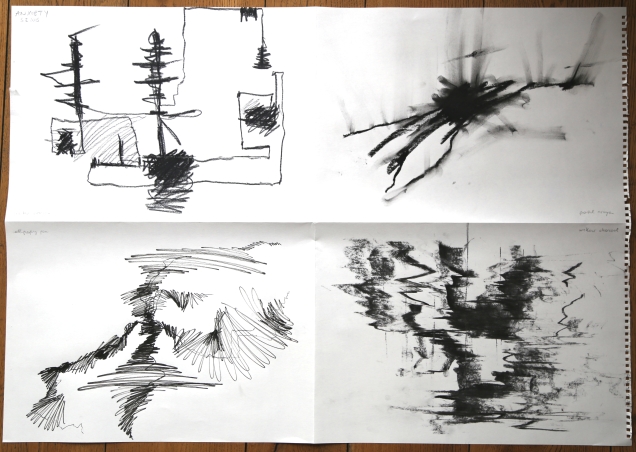All websites mentioned in this post were accessed on 02 December 2015.
02 December, 2015. Slowly but surely we will have to get accustomed to the fact that the fight for our son’s future will remain foremost on the agenda for decades to come. The legal system works with agonising slowness and we have to take care that waiting won’t make us ill.
This is why I want to study, in my personal project animation, facial expressions connected with lying, based on Paul Ekman’s “Facial Action Coding System” (FACS). In order to detect lying it is necessary to learn to spot so-called micro expressions, which slip through attempts of a lying person to hide their true feelings ( http://www.paulekman.com/micro-expressions/). Seven basic emotions are understood globally: anger, fear, sadness, disgust, contempt, surprise and happiness. In my project it is the emotion of fear, which the portrayed person is attempting to hide.
I had a look at several websites testing one’s ability to read a face correctly and I seem to be notoriously bad at it. This comes probably from having spent 30 years of my life not being able to look into peoples’ eyes because of a syndrome involving the neck (forgot the name), before being cured within minutes by an osteopath several years ago. I also – still, after all that has happened – tend to believe in people and what they say, so I spend less time looking people into the face than I probably should. Which meant that I had to doublecheck my idea of a face expressing fear. According to http://www.livescience.com/2608-face-fear-explained.html it is associated with a higher intake of air, a wider field of vision and increased visual tracking and is most readily identified by the wide open eyes (increased vigilance!). As listed by http://www.scienceofpeople.com/2013/09/guide-reading-microexpressions/ I also need to be aware of the following:
- brows raised and drawn together in a flat line
- forehead wrinkles centrally between brows, not across
- upper eyelid raised, lower lid tense and drawn up
- only upper eye white showing
- mouth open with lips slightly tensed and drawn back
My storyboard will thus run as follows:
1. Neutral portrait in daylight (either finished at the start or developing during the drawing)
2.Background gets dark (evening twilight), accident on a road occurs between the portrayed person in a car (to be identified by haircut, doctor’s work coat and tie) and a child walking on the road.
3. The driver stops briefly to look at the child lying on the road, then drives off into the darkness.
4. The portrait stays neutral during the incident, only the eyes move to look at it, then move back to very, very briefly make contact with the eyes of the spectator (by chance, as if the portrayed person did not expect an observer to be there), reveal the expression of fear behind the neutral face, then look straight on, i.e. past the edge of the paper in the direction the car left an instant ago.
5. The remaining scene in the background starts to dissolve, the charcoal moves towards the portrait and into the face to make it look hard.
Back soon with the sketchbook storyboard drawings.
